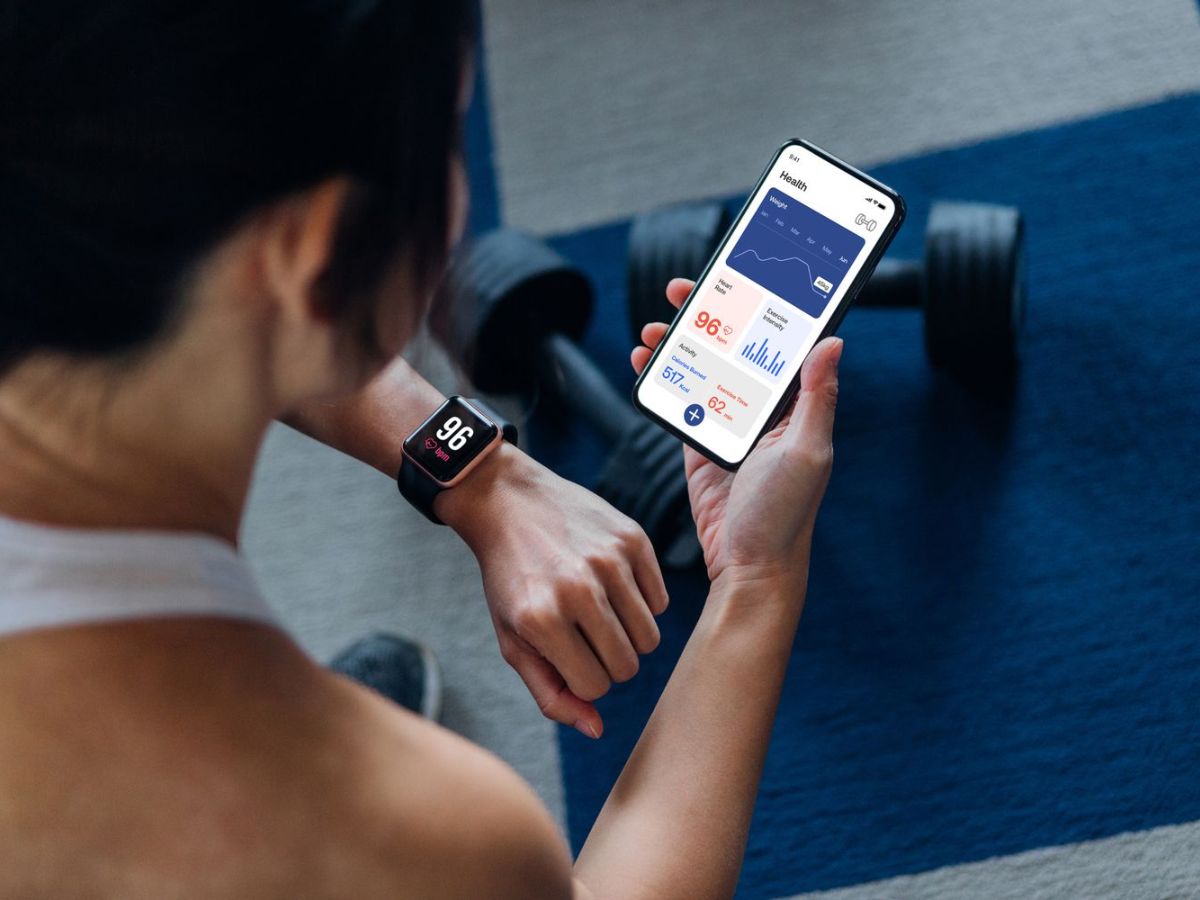
Source: Blackview.hk
Benefits of Connecting Your Android to a WiFi Smartwatch
-
Enhanced Fitness Tracking
- Accurate tracking of fitness activities
- Synchronization of health metrics like GPS and heart rate monitoring
-
Notification Management
- Receive notifications directly on your smartwatch
- Stay informed about important messages, emails, and social media updates
-
Convenience and Accessibility
- Control various aspects of your Android device remotely
- Play music, take calls, and control smart home devices using voice commands or the watch's interface
-
Battery Life Optimization
- Features like low-power mode or extended battery life
- Useful for extending the battery life of your smartwatch
-
Customization and Integration
- Tailor the watch's interface and functionality to your needs
- Seamless integration of various apps and services
Preparing Your Devices
Smartwatch Setup
- Power On: Turn on your smartwatch by pressing and holding the power button until it boots up.
- Initial Setup: Follow on-screen instructions to complete the initial setup. This may include pairing the watch with your phone via Bluetooth or setting up a new user account.
- Software Update: Ensure your smartwatch runs the latest software version. Check for updates in the settings menu.
Android Device Setup
- Bluetooth Settings: Enable Bluetooth on your Android device. Find this setting in the Settings app under "Connections" or "Bluetooth."
- Smartwatch App: Download and install the companion app for your specific smartwatch model from the Google Play Store. This app will guide you through the pairing process and provide additional features for managing your smartwatch.
Connecting Your Android Device to a WiFi Smartwatch
Step-by-Step Instructions
-
Turn On WiFi on Your Smartwatch
- Wake up your smartwatch by tapping the screen or pressing and holding the power button.
- Navigate to the settings menu on your smartwatch. Generally found under "Settings" or "System."
- Enable WiFi by toggling the switch next to "WiFi." Wait for your watch to detect available networks.
-
Select Your Network
- Once WiFi is enabled, select your home network from the list of available options. Enter the password if prompted to connect securely.
-
Pairing with Your Android Device
- Open the companion app for your smartwatch on your Android device.
- Follow in-app instructions to initiate pairing with your smartwatch. This usually involves scanning a QR code displayed on the watch or entering a code displayed on the watch into the app.
- Grant necessary permissions for data transfer and synchronization once paired.
-
Configure Additional Settings
- After pairing, configure additional settings such as notification preferences, data synchronization options, and app permissions.
- Use the companion app to customize how notifications appear on your watch and what data is synced between devices.
-
Syncing Data
- Start syncing data between devices by opening the companion app and selecting "Sync" or "Update."
- This process may take a few minutes depending on the amount of data being transferred.
-
Testing Connectivity
- Test basic functions like receiving notifications or tracking fitness activities to ensure everything works correctly.
- Refer back to the companion app for troubleshooting tips or contact customer support if issues arise.
Troubleshooting Common Issues
Bluetooth Connection Issues
- Ensure both devices are within range (typically up to 30 feet) and that there are no obstructions between them.
- Restart both devices and try reconnecting.
WiFi Connection Problems
- Check for any network issues at home or physical obstructions blocking signal strength.
- Restart your router and try reconnecting.
App Compatibility Issues
- Ensure you’re using the latest version of both the companion app and any other relevant software updates.
- Check for known bugs or updates available from developers if experiencing compatibility issues with specific apps on your watch.
Data Syncing Problems
- Check for permissions issues within the companion app or conflicts with other apps running in the background.
- Restart both devices and try resyncing data again.
Advanced Features and Customization
Customizing Notifications
- Use the companion app to customize how notifications appear on your watch by selecting which types of notifications you want to receive and how they should be displayed (e.g., vibration patterns, display messages).
- Set up custom notification filters so that only important messages reach your watch while less critical ones remain on your phone.
Integrating Third-Party Apps
- Many smartwatches support third-party apps that can enhance functionality beyond basic fitness tracking or notification management (e.g., music control apps).
- Download these apps from respective stores (Google Play Store for Android) and follow installation instructions provided by developers.
Smart Home Integration
- Some advanced smartwatches allow integration with smart home systems using voice commands or direct control through connected apps.
- Set up these integrations through respective platforms like Google Home or Amazon Alexa within their respective apps available on both devices.
Battery Life Optimization Techniques
- Enable low-power modes when not actively using features requiring high power consumption.
- Regularly update software patches provided by manufacturers which often include optimizations aimed at improving battery efficiency without compromising performance significantly.
